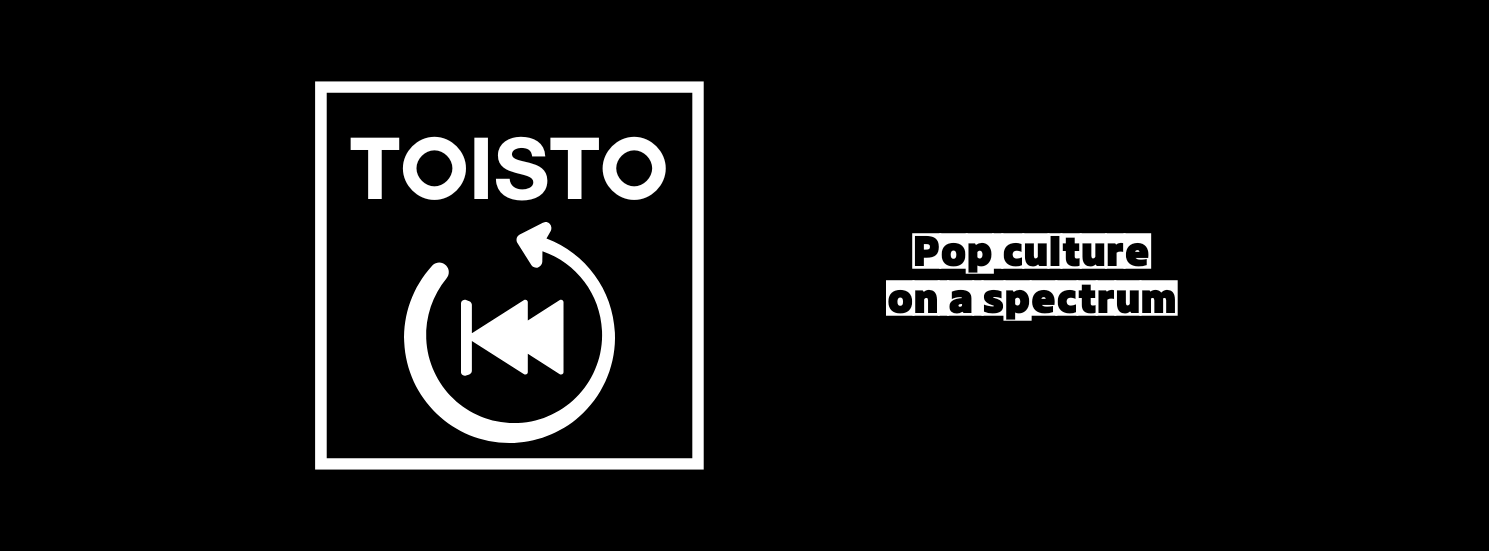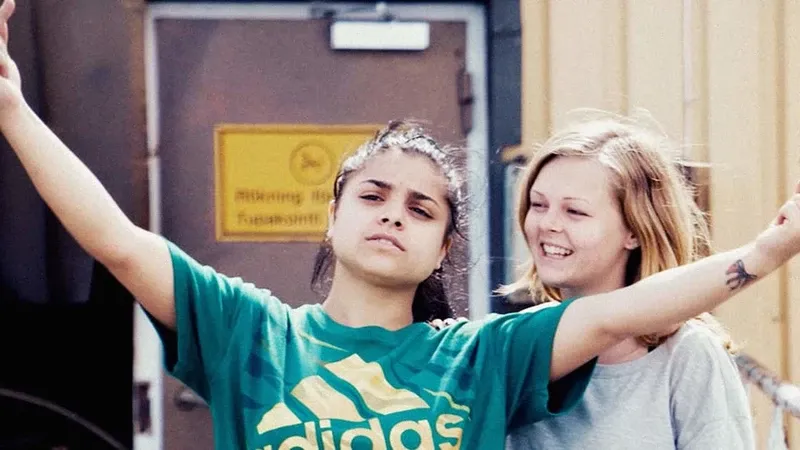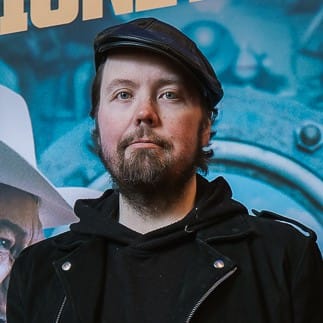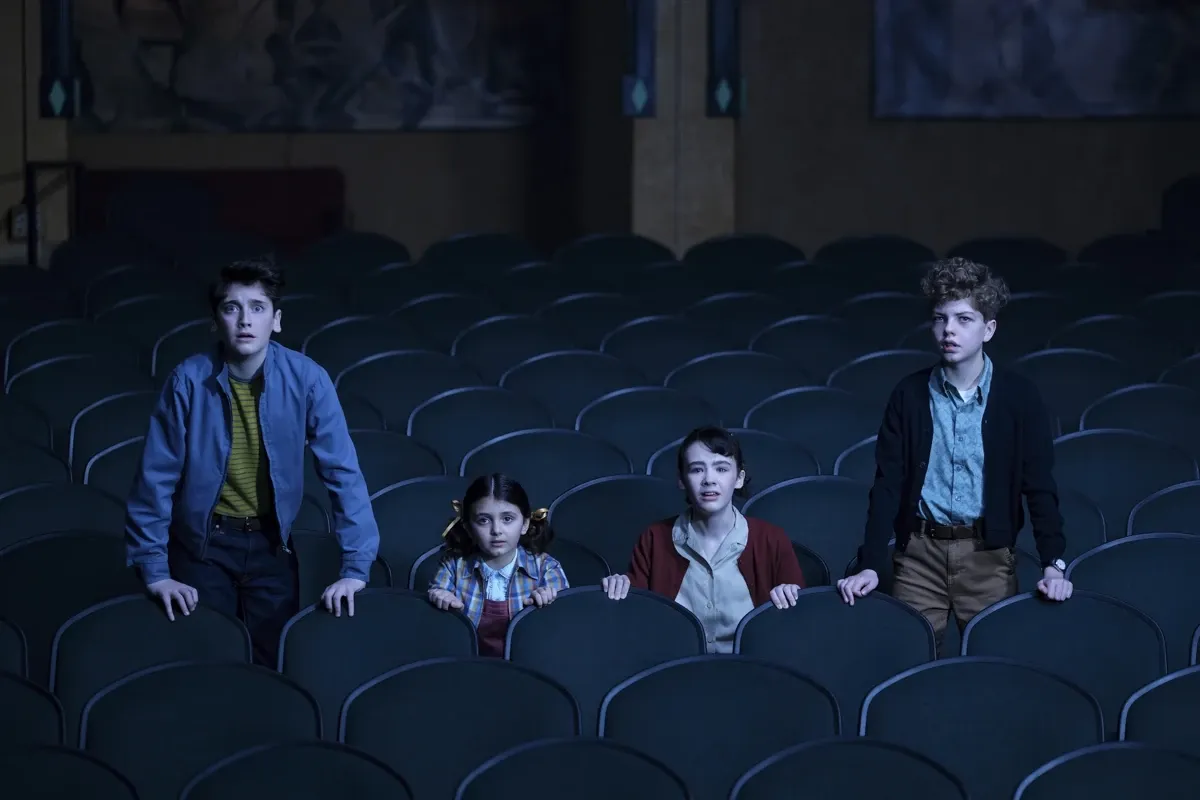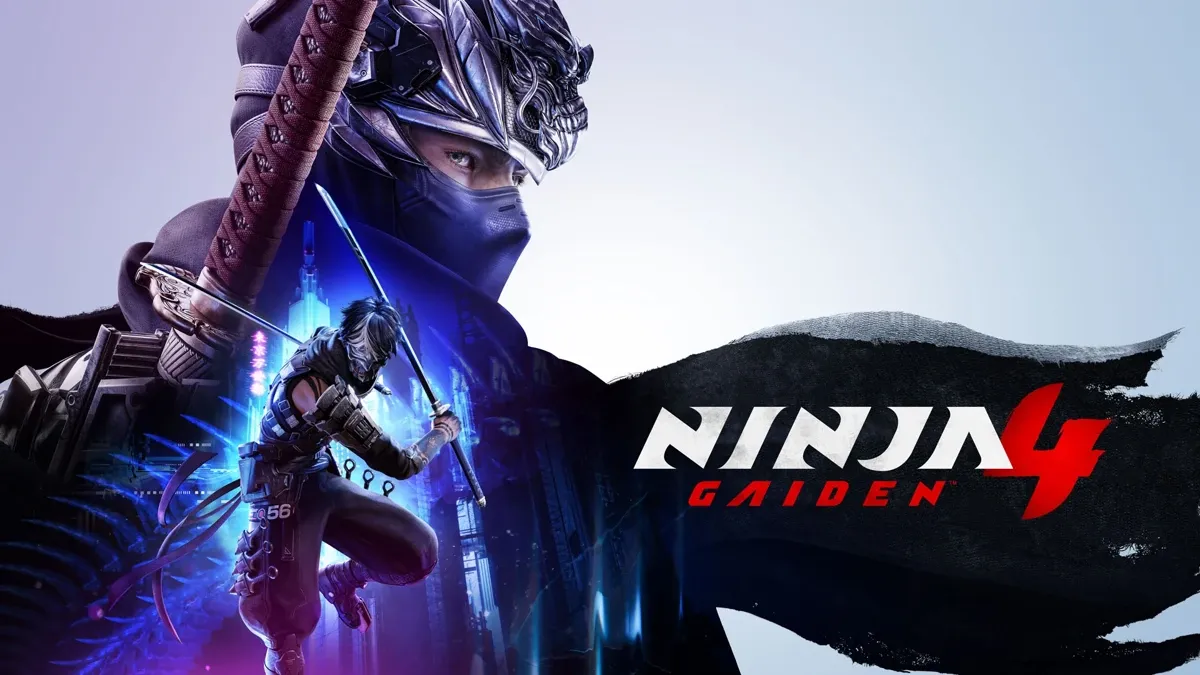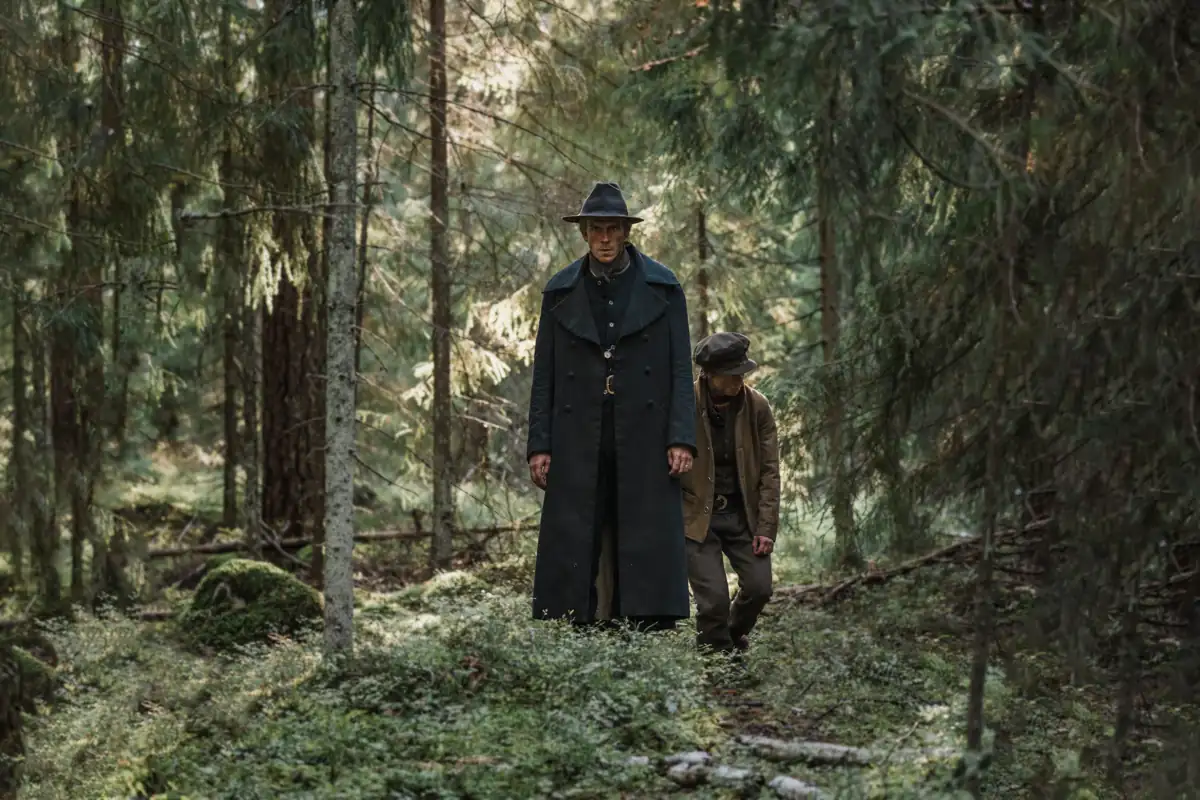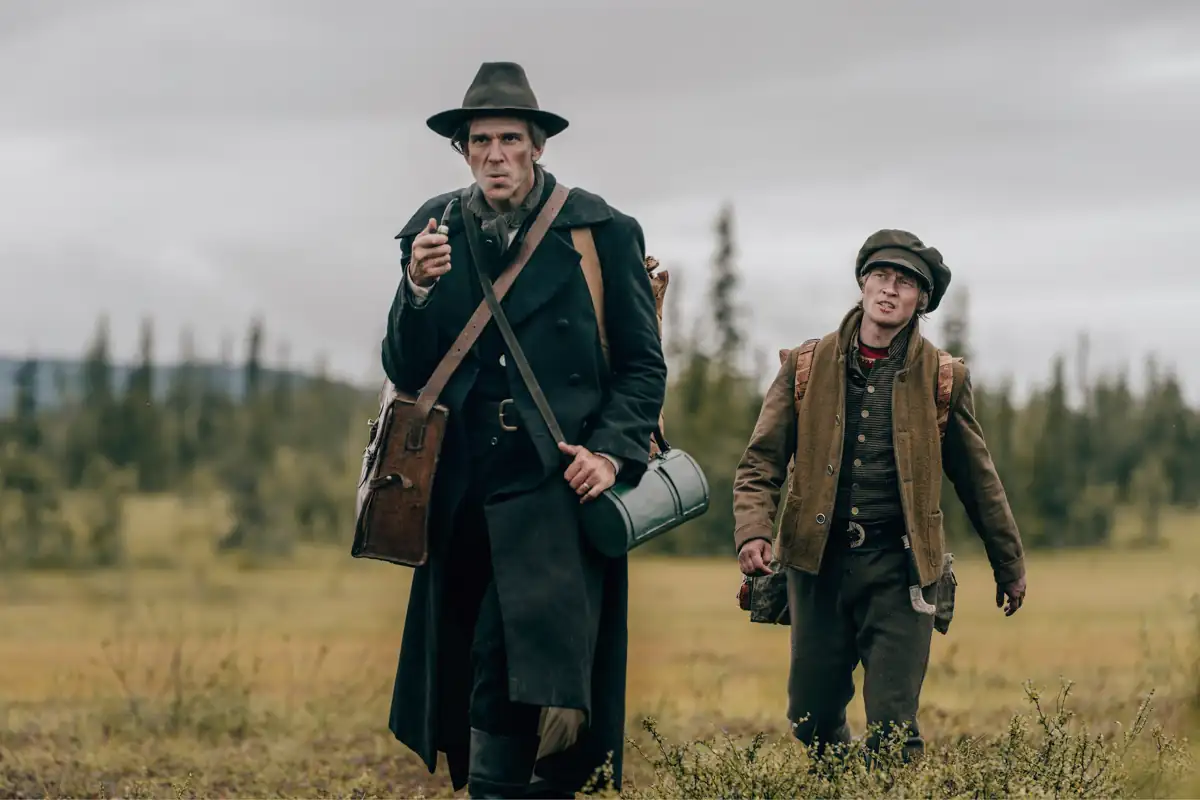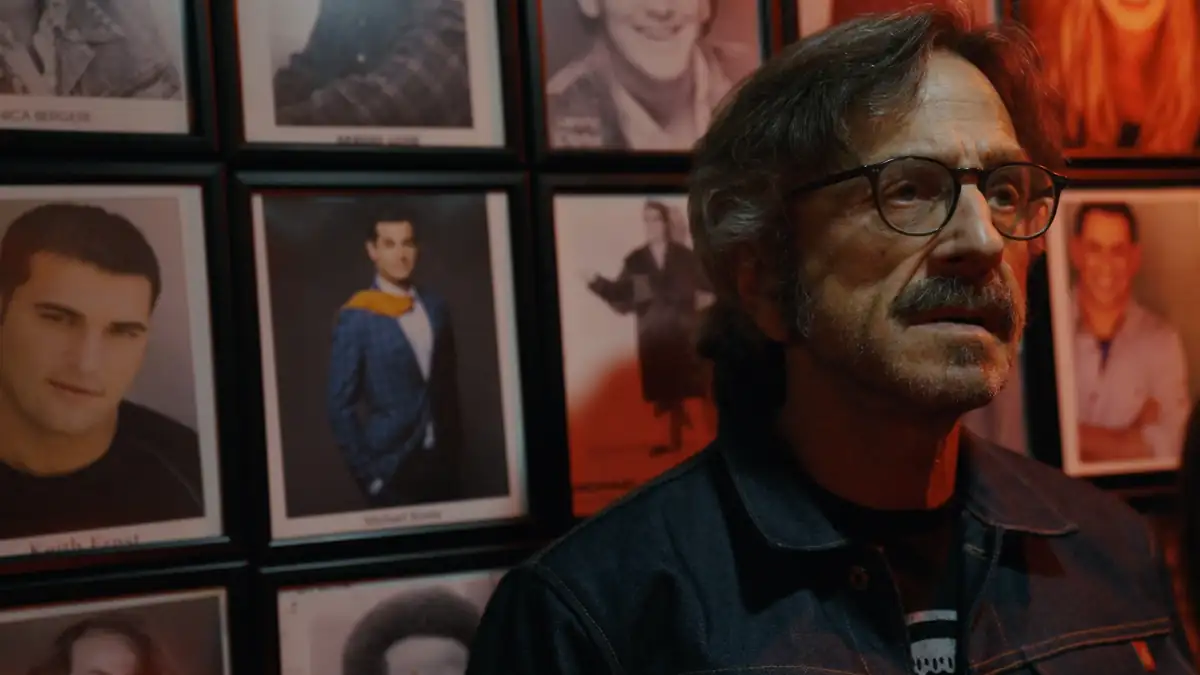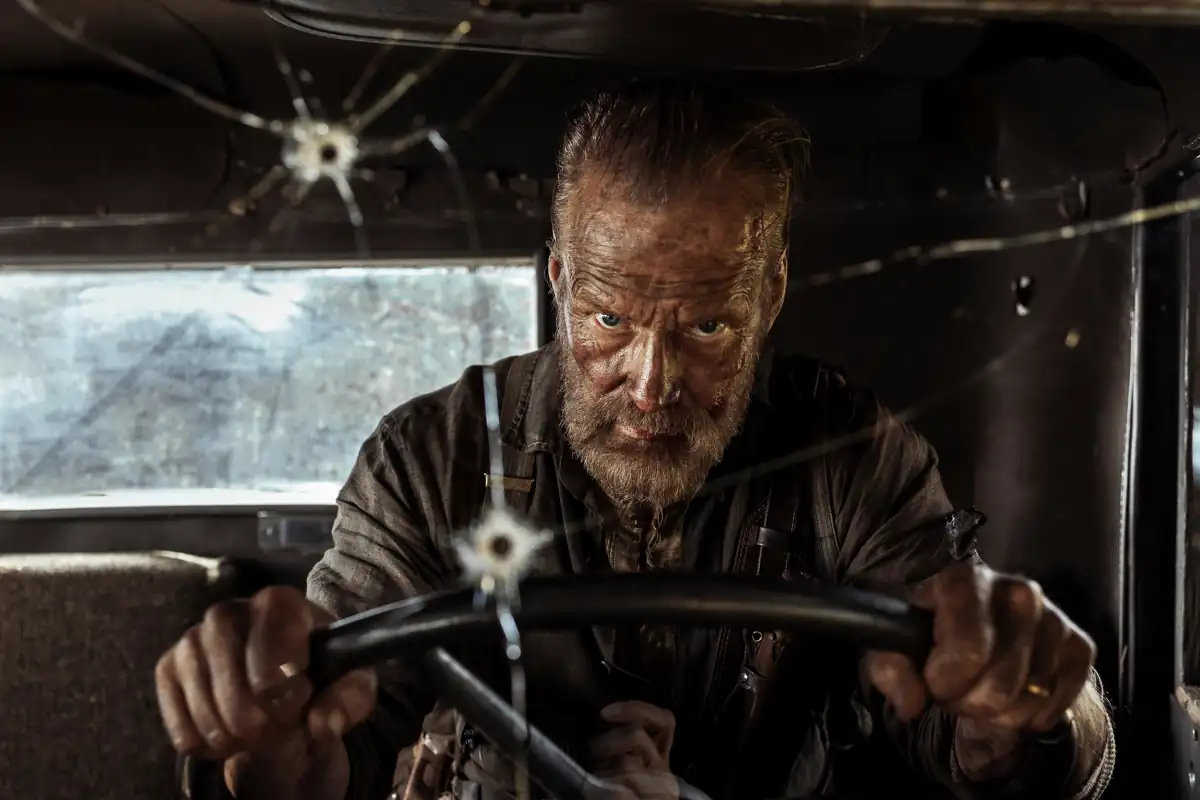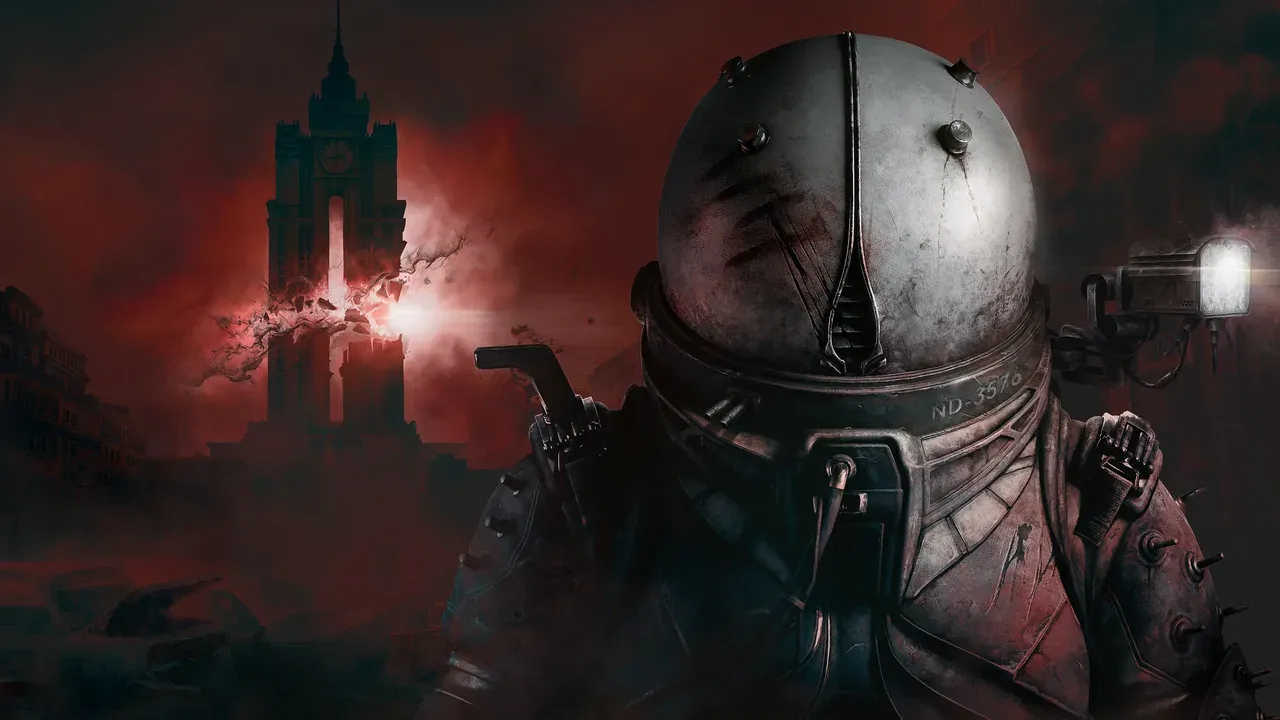I just finished watching The Unpromised Land twenty minutes ago, and I loved it. I thought it was incredibly touching. At the risk of sounding as naive as Elin (one of the leads) – and, as a white Finnish male, I won’t personally ever know how any of this feels – but the film seems to have captured this special kind of suburban malice, this invisible racism that’s omnipresent in society.
A lot of the things that Sabina sees, how it’s filmed, it’s almost like a horror film. There’s the hugely unnerving scene where Elin’s principal is lurking in the background monitoring actions she finds offensive, and it’s like a monster movie. There’s terror in people demanding you to accept the bubble you’re in, which you’re never allowed to leave. I thought it was incredible.
Victor Lindgren: Thank you so much, I’m so glad to hear it. For me, the point of view of this story needed to be told through Sabina. Many others that I wrote with, or who I told about the film, wanted to push this to become Elin’s story. That would have been easy to do, but we’ve seen all that before. The white dude or girl who meets this exotic, crazy person. I tried not to put the white eyes on Sabina, but rather be with her from the beginning, to put the audience in her world in the middle of this white one.
Another thing that struck me is the wonderful moment in the beginning where Sabina forces the Swedish kids into her world by making the guy who is bullying her confront his failure of not knowing English, and suddenly he can’t do anything. I thought it brilliantly asserted who everyone is here.
Lindgren: It’s asserting that nobody can walk over her, she won’t allow that. You know, she sees a group of white kids shouting at her, and she walks toward them. It was in a small way presenting that don’t fuck me attitude, that I have respect for who I am, and that I’m not the beggar you paint me as. I try to do stuff, but my options are limited.
I like that scene as well. I wasn’t sure at all about making it, I nearly took it out of the script because I thought it was too stereotypical in a way. But when we filmed it, it came out well, and I think it’s because a lot of it was improvised. And Sabina is such a badass, she’s so tough in real life that her confronting the bullies works so well that in the end you almost start laughing at the guy instead.
It starts a theme that has to do with language in general. Everyone who wants to communicate tries to do so even when their language might be limited or broken. Elin and Sabina barely understand each other, and they can only communicate through broken English. Sabina’s brothers have to ask her what Elin has said. But then the ones that are in their comfort zone, who only speak their own language, they’re isolated because they don’t try to break free of that bubble. It forces the viewer to confront how connected the world could be, and how we’re making it disconnected by choice. It helps that Sabina’s actress is wonderful, I’m astonished by the complex performance she gave.
Lindgren: Me too. I’m so grateful that I found her. I found her in Bucharest, Romania, because I wanted Roma people to play the Roma parts, and I wanted them to come and perform without knowing anything beforehand. I wanted there to be something authentic about them coming to this small sleepy town not knowing about this place or the language. So I went to Romania to find Roma actors, and I discovered that even though the population there is super big, some numbers say that the Roma are one-third of the population of Romania, but many of them hide their identity because there’s so much discrimination towards them. So finding actors who were Roma or who had a Roma identity was almost impossible because they’re not in the academies or the casting agencies, or sometimes even safe in telling that they’re Roma. I was there three times trying to find actors. It was a weird situation.
But then I got in contact with Alexander Nanau, who is a documentary filmmaker, who had made a film about Andreea Petre, who plays Sabina. It’s called Toto and His Sister, and it’s such a beautiful film. When I saw it, I didn’t think about it while watching the film, but in the end, I felt that maybe Andreea could be Sabina. That documentary starts with their mother going to prison, and Andreea is left alone with her brother Toto. Their father isn’t there, and they’re left on the streets with her criminal uncles. That film is about the four toughest years that Andreea goes through, going from being a girl to a woman and taking care of her brother. So I got in touch with Alexander and he arranged a meeting with Andreea.
In the beginning, the rehearsals were tough because Andreea was trying to act like she thought that actors were supposed to act, but soon she started to slip through the different parts of herself into the character of Sabina. Because in the beginning the character was too close to herself, but when she could take apart those pieces of herself she could develop who Sabina was as well. Almost everything in the character is a part of her in some way, and she was brave enough to work with that. When she’s talking on the phone, in the scene where she pretends that she’s having this important conversation, she told me that it was like she was talking to her mother who had let her down so many times.
That scene is heartbreaking too. It’s one of the best scenes of the film, just the simple act of admitting to herself that all she has now is this place.
Lindgren: She took so much of herself and put it into the movie, and I think that’s why the performance is so unique.
How much of it was improvised in the end?
Lindgren: I don’t think that Andreea even read the script. She read the short version and was like, OK, I can do this, but we improvised a lot. I would explain the scene, of course, and we tried to shoot it with her improvisation, but that workflow was completely insane because I don’t speak Romanian, and she doesn’t speak English, and I was looking at the material not knowing where we were going at the beginning. But we had a great translator on set who helped us communicate, and he sat down for two weeks translating ALL of the improvised material. He’s a hero.
It took almost two years to edit this film because I had to go through all the material over and over. I knew I had the right characters and the right place in Holmsund, but it was looking at the material afterward that I found what kind of film it was in the end.
You said earlier that this was supposed to be the opposite of something like Dances with Wolves, especially so that it did not have the white savior or the magical minority figure, and I thought that it was great how neither Elin nor Sabina serves as a teacher for the other one. They both form one whole person just by being decent and kind to each other, and it’s a tough balancing act to feel that humane.
Lindgren: I wanted it to feel humane, just the fact that they find comfort and relief when they’re together, they feel whole, that was a key thing because they’re both – in different ways – from tragic backgrounds, and one thing that Elin said to me is that Sabina isn’t judgmental, Sabina sees Elin as she is.
Elin Marklund, the actress playing Elin in the film, is so smart. She helped me a lot in making the film. Elin feels that she can trust this person, that this person likes her, and that’s why early on in their friendship she can be so honest to Sabina by showing her scars. And those are Marklund’s real scars. She too has been really honest and brave to do this. Especially since it’s her first film role as well.
It’s really brave for an actor to do that.
Lindgren: I never tried to make edgy or brave things, but I always tried to talk to the actors so that they’re fully aware of what we’re doing, and they be confident of doing these things. I spoke with Elin, and I asked if could we do something with her scars or if she wanted them hidden so we’d cover them throughout the film, and she said hell no, then I’d be ashamed of myself for hiding them. We need to talk about it, about not feeling good in our soul, otherwise, we’d feel worse for not speaking up.
She really wanted to do that scene, and we shot the scene two or three times, and her honesty never tired. I felt that the scene was super, not explicit, but important to reveal their relationship. Elin was so on the spot and ready because it was true, she really believed in it. Her background is tough too, with family issues and eating disorders, she’s been close to death, and she really knows stuff about being in the black hole. When you talk to her it’s like talking to someone much older, she’s so mature because she’s been through so much emotionally. She could tell me so much about the character. And she’s interested in being an actor, Andreea isn’t, but Elin is, and she could communicate about what her character is.
That was a key to understanding Sabina too because they become friends in real life, so Elin became a communicator between all of us. We were living together on location for four weeks, and Elin and Andreea became close, so Elin saw Andreea much deeper and closer than I did, and her observations helped me direct this film.
That connection can be seen in the film; when the girls are apart from each other the camera seems to be shakier and restless – and when they’re together the image is more calm and assertive like on the sturdiest tripod.
Lindgren: We never used a tripod, we only did that once for a slow-motion shot, but the effect is intentional. I don’t know if it’s as comprehensive as you saw it, but it’s meant to show that they are more restful together, and more restless apart, almost like in a documentary style that they’re searching for something. The cinematographer, Rasmus West, said that he wanted to do something that was super cinematic and Hollywood style but in a documentary kind of way. Good looking, but treating it as a documentary, going around trying to capture the moment cinematically – it was a bit of a weird idea, I don’t know if I’d be confident in reading it in a grant application, but he had this idea, and he’s been still photographer, and he’s been my cinematographer for five films, and it took my way of working into mind so we tried it.
When making a film I want to keep the camera running a lot and I want to test a bunch of things. When I edited UNPROMISED LAND, I took out like 50% of the scenes because they just didn’t work. I do a lot of variations into scenes because I want to do a lot of the work in the edit, and I’m not super sure of what I want immediately. So there the documentary style of filming helped make this film.
I think what you said about Rasmus saying that it looks both big but true worked out; there’s a beautiful scene where the girls have their last night together in the fields and the sun doesn’t set because of the solstice, and that scene looks how I remember childhood summers feeling if that makes sense.
Lindgren: It makes perfect sense!
There’s a sense of change in the air. You can’t express it, but it’s there around the corner just out of reach, and it feels melancholy.
Lindgren: In the script, I had this poem that I had written, this idea that some kind of madness or disaster was behind everything. This society, Sweden, is sinking, and we’re afraid, that in the years to come we’re going to turn to each other and we’ll start eating each other. We’re moving around in insanity, with the way we treat people and how the world is developing.
It felt like all the adult characters had that fear. I get why Elin’s father is like that; he’s lost his wife, and he’s regressed to childhood, like when he locks himself away during one of their arguments. There’s also this feeling that all the people who interact with Sabina and her brothers that they’re expecting gratefulness for whatever they do for them, there’s never equality there. Elin’s monologue about that madness is connected beautifully to that. Like society is broken so its two halves are moving away from one another.
Lindgren: That’s a great way to put it. I guess you have to have some kind of conflict, some kind of antagonist to put your feelings on, and for me, it was the principal and all the adults who are insane. There’s a feeling that you can fix it because you can trust youth, that they’re able to meet and they can go from bullying to being curious. But the grownups are lost for good. At least in this film.
In the end, there’s a similar sense to something like THE GRADUATE – Elin and Sabina take a chance on each other and run away together. I couldn’t help but feel cynical and uncertain. Will they get away? Will Elin’s father go after her? Do you see it as a happy ending? Do you see them growing up together?
Lindgren: I don’t know. I had a line in the script that they won’t make it any further than Denmark. Three Romanians with one white girl in the back, forget about it. I don’t know. But it’s important that they go together, that they leave Holmsund behind. Maybe they have a better chance of finding themselves or strength together. Their traveling together is more of a symbol than anything. But also, I’m not sure, maybe Elin and Sabina will find life in Germany or Romania together, and their Roma community will let Elin in, and she can stay there for a few years.
I don’t think the father will go after her. I don’t have that many answers about him. For me, he’s a symbol of what’s broken and lost, and he’s trying to find his way back by doing weird things together. Like if I break this, will I feel something? He’s so lost inside himself. I don’t know if he’d look for Elin, maybe not for the first two years.
He’s so detached from reality. Like the scene where he points the gun at the kid making noise outside his window. It doesn’t register to him that he’s done something wrong. It’s just a thing that happens. He’s living in the moment in the worst possible way. He has beautiful body language, like when he’s working in his garage, and how everything works against him. He’s resigned because the world weighs on him. Even his posture is like that. It shouldn’t be this difficult – but it feels that way.
Lindgren: I’m gonna tell him that. He actually lives in Holmsund. We’re all from there, me, the cinematographer, and him. It’s a funny mix.
Was there a temptation to go back and use places that were important to you from when you were a kid, or did you avoid that because the story was about people who weren’t you?
Lindgren: I’m not sure. I’ve heard these stories about Holmsund as a society growing into itself, and it’s shrinking in many ways when it shouldn’t be. So I wanted to go back and explain Holmsund as an island, even though it’s not, you can drive over the bridge to big cities. But I also wanted to show that it’s not any worse than any other place, it’s just a small town. It’s a symbol for Sweden as a whole. When the film was released, many of the Swedish reviews were misleading because they were angry at me. They said that you can’t talk like this about people in the north or the small societies, but they didn’t see it as a story about Sweden as a whole. They saw it removed from society. But I was trying to point at the whole society, not just a town.
It was critical about the attitudes, but it didn’t feel like you were saying that they’re beyond redemption. There are plenty of good things and people in Holmsund, but it’s more heartbreaking because that good is exclusive to a select few. Like we see the kids playing together at the bridge, and how Elin’s dad is angry that Elin didn’t get a summer job so that she’d be out of his hair when at the same time Sabina is scrambling to survive. It felt that when they leave over the bridge together, that small world expands, and it’s not the end of childhood, it’s evolving into something better.
Lindgren: That’s a beautiful way to put it. This world and the people aren’t horrible, it’s horrible because the good things in it aren’t allowed for everyone.
